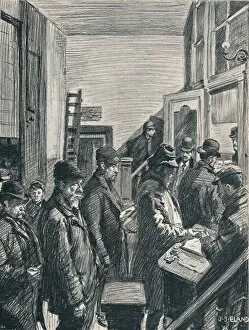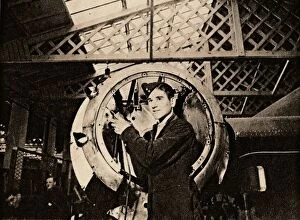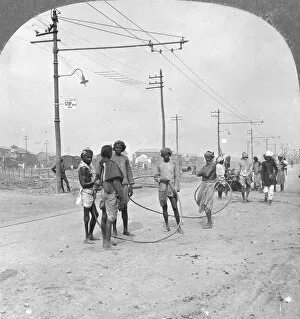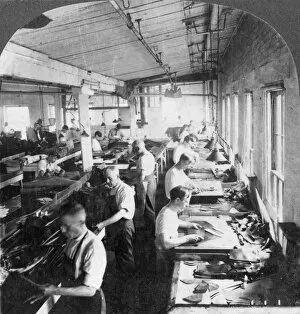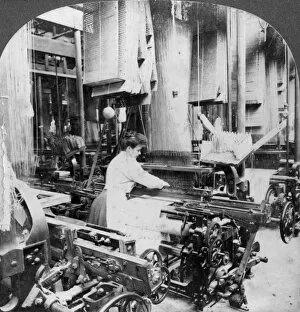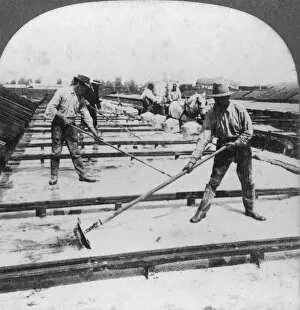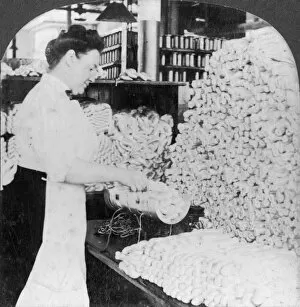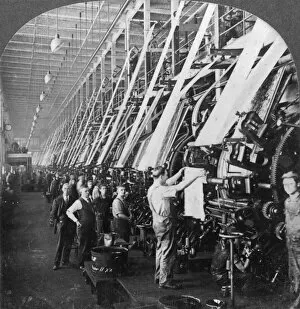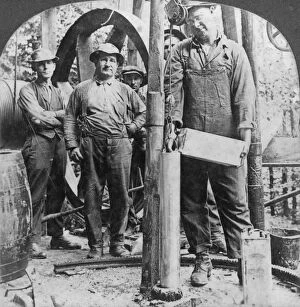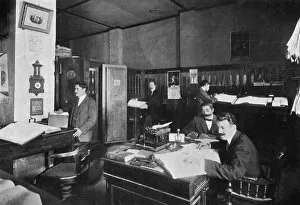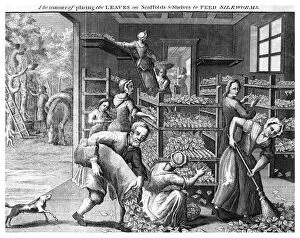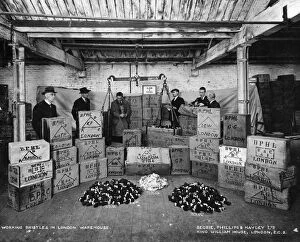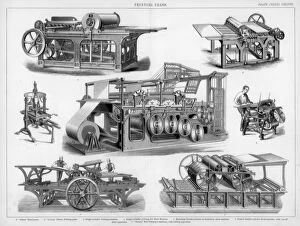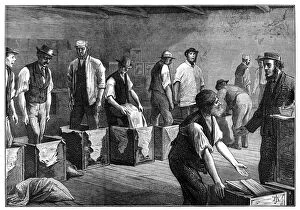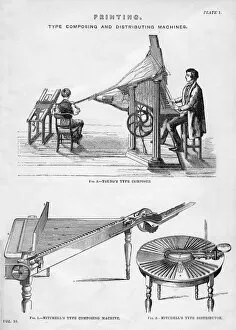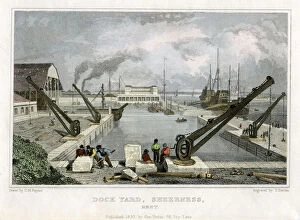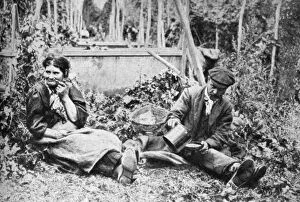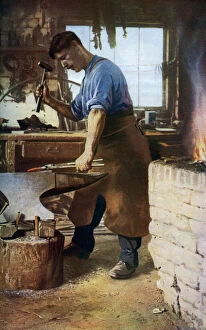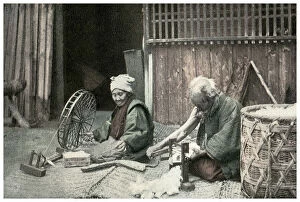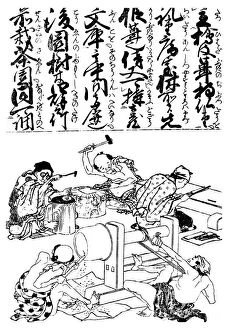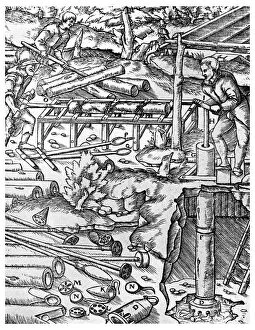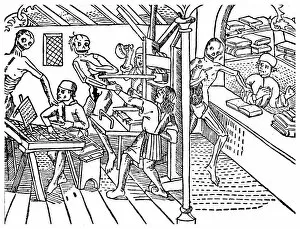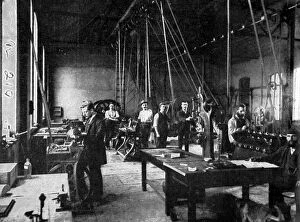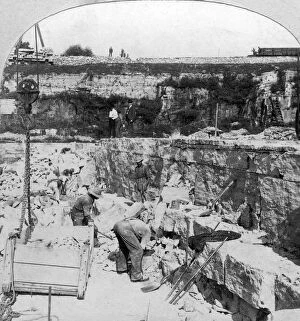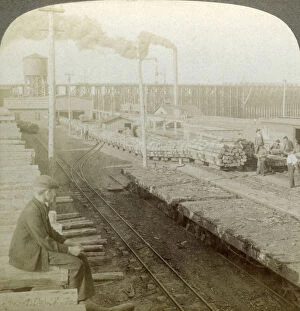Worker Collection (page 100)
The worker, a central figure in the capitalist pyramid, has been depicted throughout history in various forms of art and propaganda
For sale as Licensed Images
Choose your image, Select your licence and Download the media
The worker, a central figure in the capitalist pyramid, has been depicted throughout history in various forms of art and propaganda. From American socialist posters to Diego Rivera's murals at The Detroit Institute of Arts, these artworks shed light on the struggles and triumphs of workers. In 1911, an American Socialist poster showcased the harsh reality faced by workers within the capitalist system. It emphasized the unequal distribution of wealth and power, with a small elite benefiting from the labor of many. Diego Rivera's mural depicting the automobile industry in Detroit during the 1930s captured both the grandeur and hardships experienced by workers. It showcased their tireless efforts amidst towering machinery, highlighting their crucial role in driving industrial progress. During China's Cultural Revolution, Chairman Mao became an iconic symbol for workers' empowerment. A cultural revolution poster portrayed him as a guiding force leading them towards a brighter future. Labour Party posters from 1910 challenged societal inequalities such as House of Lords' rejection of budget reforms. These visuals aimed to rally support for fairer treatment and representation for working-class individuals. From Geevor Tin Mine in Cornwall to coal mines in South Wales and England during different time periods, images depict miners enduring grueling conditions underground while contributing to fueling industries above ground. Gustave Caillebotte's painting "The Floor Planers" immortalized manual laborers engaged in mundane yet essential tasks. Their stoic expressions reveal their dedication despite monotonous work environments. Artists like El Lissitzky used powerful imagery such as "Beat the Whites with Red Wedge" to promote communist ideals after World War I. This poster conveyed unity among workers against oppressive forces through its bold design elements. Soviet propaganda posters further highlighted worker mobilization during Stalin's Five-Year Plan era. Vladimir Lyushin's artwork celebrated young communists as shock troops driving economic growth through industrialization efforts. These diverse artworks remind us that workers have played a pivotal role in shaping societies and economies.


